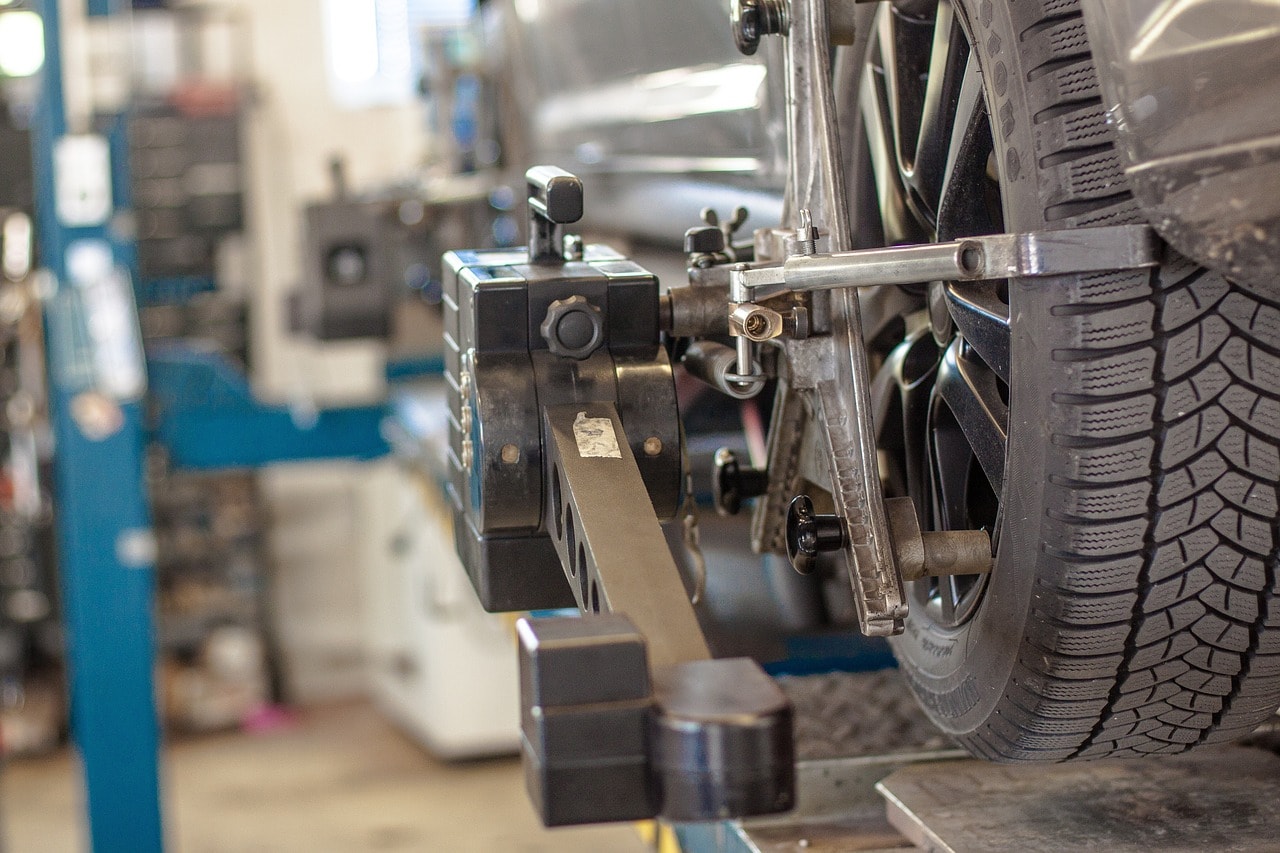When Tesla’s debt ballooned into the double-digit billions after the company decided to push out more cars despite failing to see any quarterly profit in two years, market analysts grew alarmed about the American carmaker’s financial health and its future. Their misgivings about the company only intensified when it fell short of its production target at the end of the first quarter.
In a turn for the better, Tesla ended the third quarter with $3 billion in cash and generated $881 million in free cash flow, stamping out the public’s worry that it could possibly go bankrupt.
How did the business rebound from a balance sheet slammed with liabilities and end up turning a profit?
Here’s how they teetered on financial ruin but saved but themselves with the right strategy:
Tesla – Company Profile
Based out of Fremont, California, Tesla makes electric cars as well as energy solar panels and batteries. The company rivals against other US-based car competitors such as General Motors, Ford, and Fiat-Chrysler.
What led to concerns about Tesla’s financial and operational health?
$10 billion in debt
- Tesla spent $1.1 billion in cash in Q1 to ramp up production for its Model 3 electric sedan and fell further into a pool of debt that totaled $10 billion.
Tesla misses production target for Model 3
- In March 2018, Moody’s rating agency downgraded Tesla’s credit rating from B2 to B3 because of their concern whether Tesla would be able to hit its production targets for the Model 3.
- The goal was to produce 2,500 Model 3s per week by the end of the first quarter. They only reached 2,020 during the final week.
- The short seller and investor Fahmi Quadir, who became successful after shorting Valeant Pharmaceuticals, betted against Tesla’s shares. Quadir predicted that there could be a disruption in Tesla’s supply chain based on her research:
- Some of Tesla suppliers are filing for bankruptcy.
- Tesla failed to deliver their promises to their customers due to long delays in their Model 3 production.
- Tesla has been known to request more time to pay vendors, although Tesla’s Chief Executive Elon Musk said it is a common industry practice.
Key executives leave company
- Two key supply chain department heads left the company: Liam O’Connor, Vice President of Global Supply Management, and Sascha Zahnd, Vice President of Global Supply Chain.
Tesla requests refunds from suppliers, raising questions of Tesla’s financial health
- Tesla wrote a memo to their suppliers in July asking them to refund some payments since 2016 to help the company turn a profit.
- Some small suppliers claimed they failed to get paid.
- However, Tesla said that they had strong partnerships with their suppliers. New companies expressed interest in working with them.
- Tesla did confirm that they were seeking price reductions from suppliers for some projects that date back to 2016.
Bankruptcy concerns
- 8 out of 22 auto industry suppliers surveyed by the Original Equipment Suppliers Association said they were concerned about the possibility of Tesla’s filing for bankruptcy.
Third quarter earnings show profit
- Tesla ended Q3 with $3 billion in cash and generated $881 million in free cash flow, proving analysts and the media wrong about the company’s being in danger of bankruptcy.
- Tesla won’t need to raise any cash to pay off the big $920 million loan that’s due next March.
How the company generated profit
- Restructuring its workforce. Tesla laid off around 9% of its employees in June due to redundancies in some job functions.
- Negotiating prices and payment terms with suppliers.
Strategies for future profitability
- Produce more cars than it did in the previous quarter
- Reach customers in Asia and Europe to generate more sales
- Grow their portfolio of products in order to counterbalance products that do well with products that sell poorly


